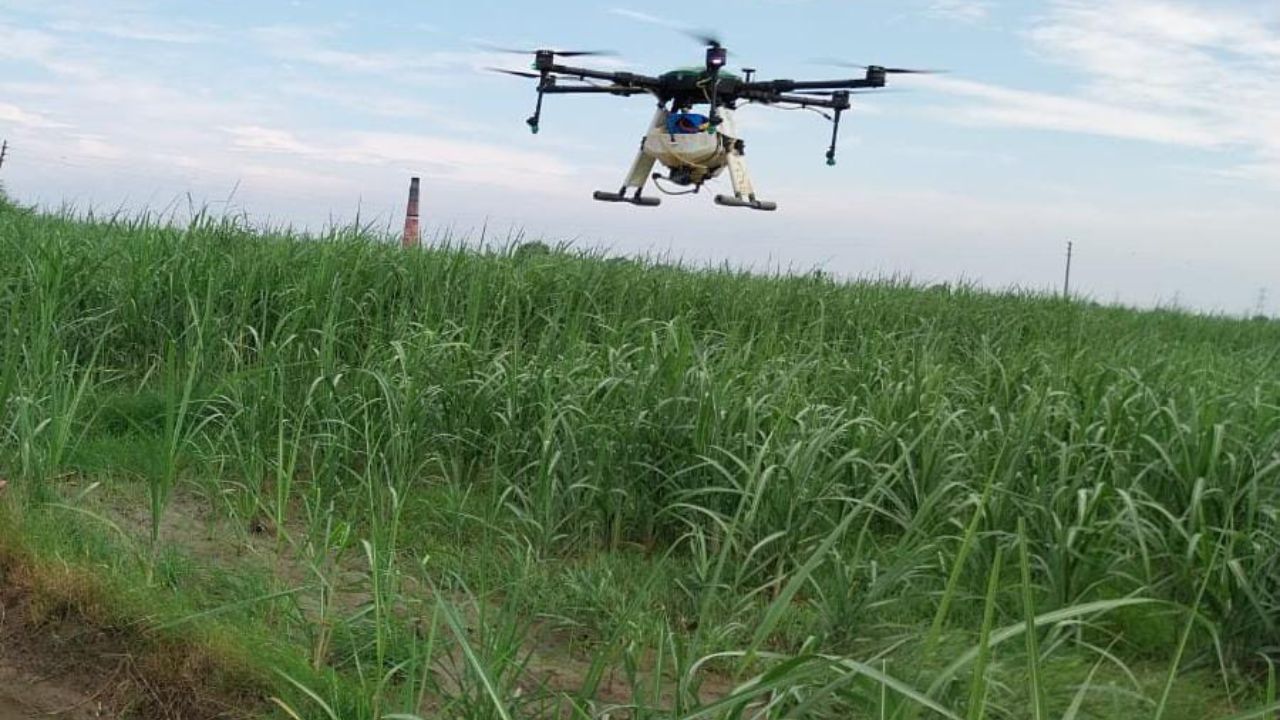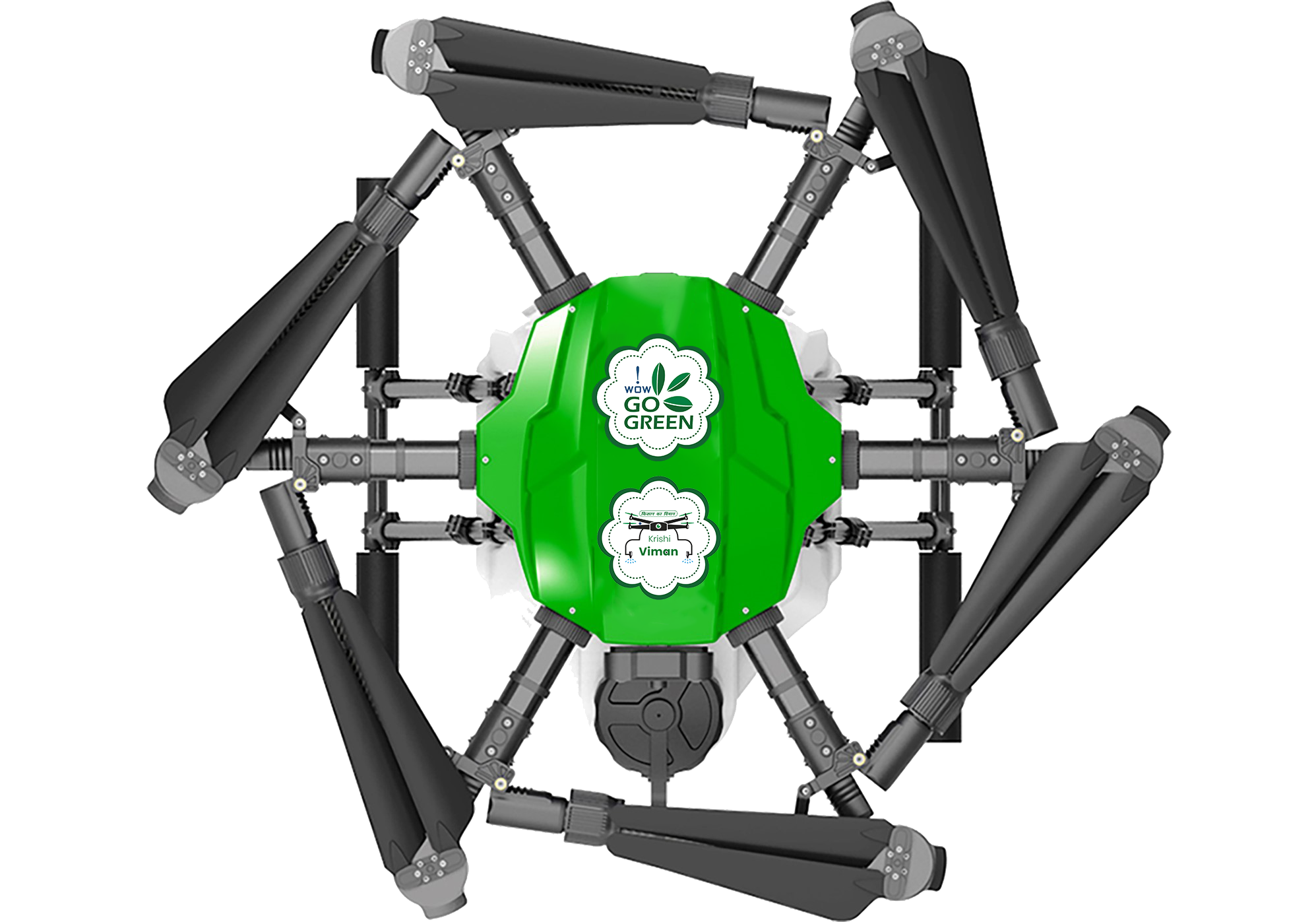How to Use Drones for Agriculture in India: A Simple Guide
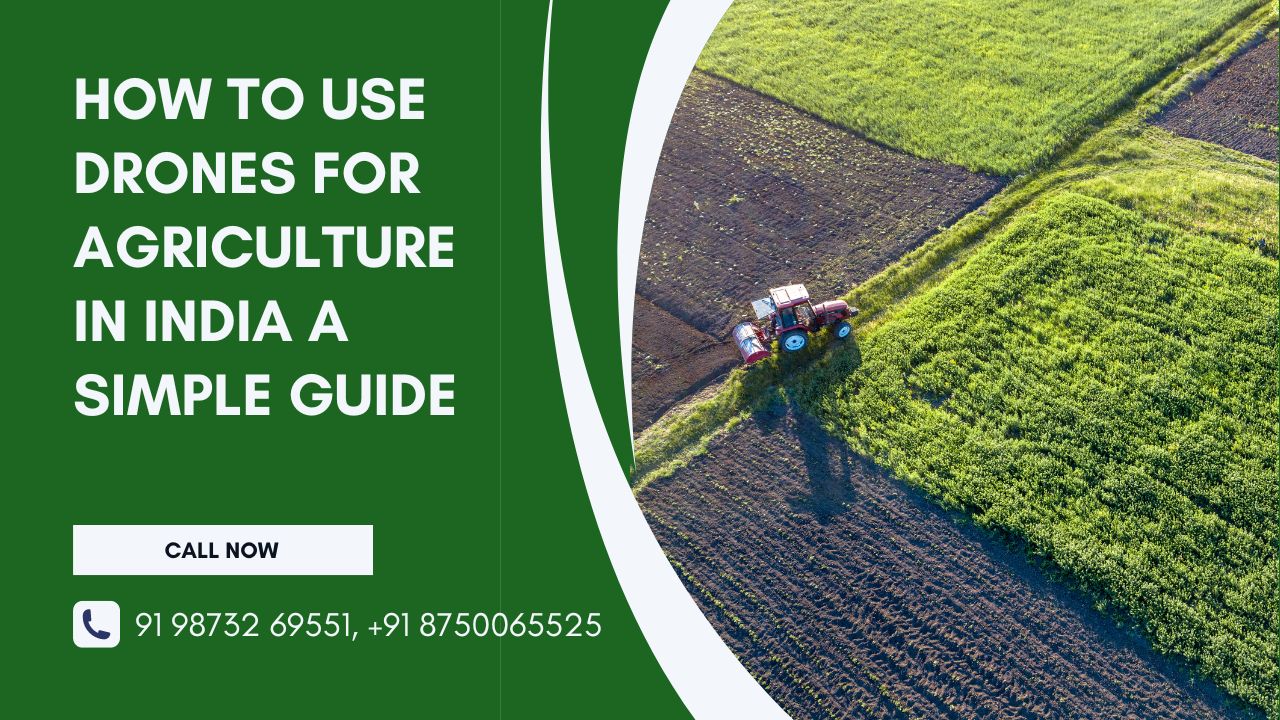
- By: krishiviman /
- 18-03-2024
Agriculture in India is stepping into the future with the help of drones, also known as unmanned aerial vehicles (UAVs). These high-tech tools are helping farmers improve their crop yields and make farming more efficient. Here’s a straightforward guide on how drones can be used in agriculture across India.
Understanding Drone Technology
Firstly, it’s essential to know what drones are and how they work. Drones are small aircrafts operated by remote control or autopilot systems. They can fly over your fields and perform various tasks like taking pictures, spraying fertilizers, or even planting seeds. Drones help in getting jobs done faster and more accurately than traditional methods.
Monitoring Crop Health
One of the most beneficial uses of drones in agriculture is monitoring crop health. Drones equipped with special cameras can take images of the crops using visible light and other spectrums like infrared. These images can show the health of plants by indicating which areas are growing well and which parts need attention. This can help you apply the right amount of water, fertilizers, or pesticides only where needed, saving time and resources.
Spraying Pesticides and Fertilizers
Drones can carry tanks of pesticides or fertilizers and spray them over the crops. This is not only faster but also prevents farmers from needing to come into contact with potentially harmful chemicals. Using drones for spraying can also be more precise, reducing the amount of chemicals used and minimizing environmental impact.
Irrigation Management
Drones with thermal cameras can help identify which parts of a field are getting too much or too little water. By analyzing this data, you can adjust your irrigation practices to ensure that water is distributed evenly across your fields, making sure every part of your crop gets the necessary amount of water. This helps in conserving water and promoting healthier plant growth.
Planting Seeds
Some advanced drones are equipped to help with planting seeds. These drones can cover large areas quickly, dropping seeds at specific locations at the correct depth. This method can significantly speed up the planting process and reduce the labor required.
Regular Inspections and Data Collection
Regular drone flights can collect data over time, which helps you understand how your crops are developing and how practices might need adjusting for better yields. This ongoing collection of detailed data can be crucial in making informed decisions that increase productivity.
Getting Started with Drones
Here’s how you can start using drones on your farm:
Research and Purchase: Look into different types of drones and find one that fits your specific agricultural needs. Consider factors like battery life, range, and the type of sensors included.
Learn to Operate: You or your farm staff will need to learn how to operate the drone. This might include some technical training.
Regulations: Be aware of the local regulations regarding drone flying. In India, you might need permission from authorities to operate drones, especially in certain zones.
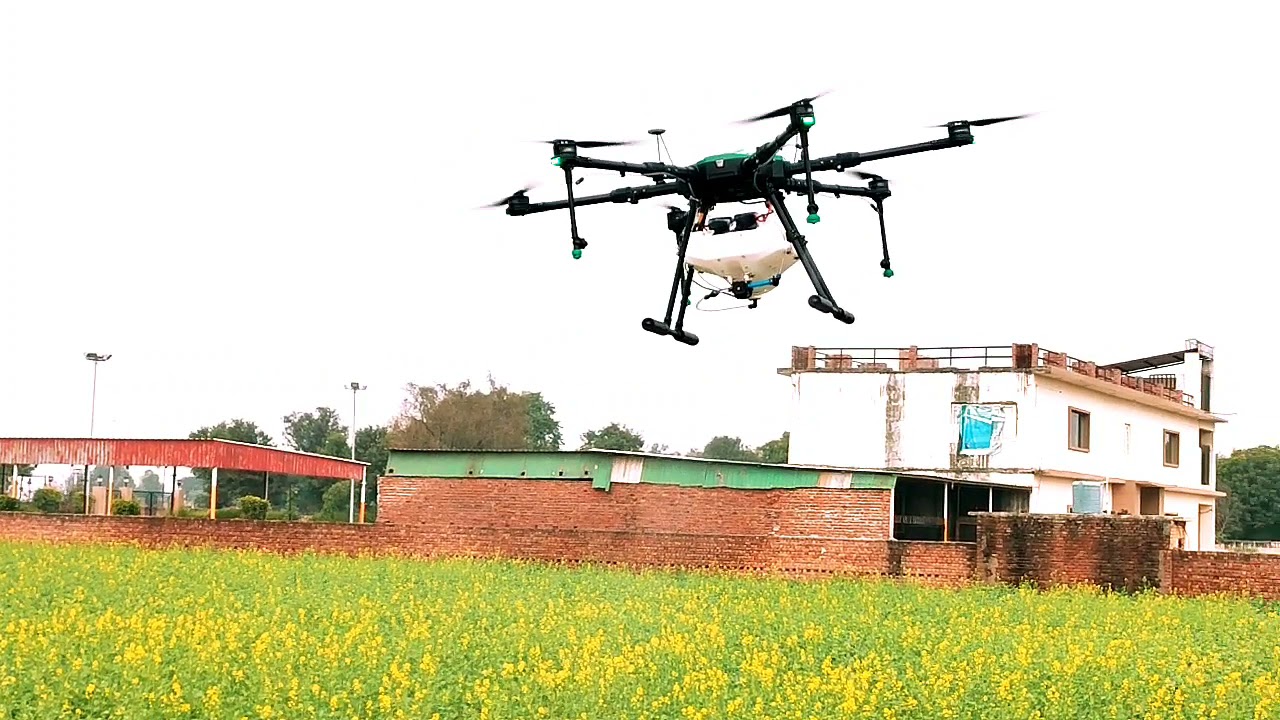
Revolutionizing Indian Agriculture: The Emergence of Drone Technology in Farming Practices
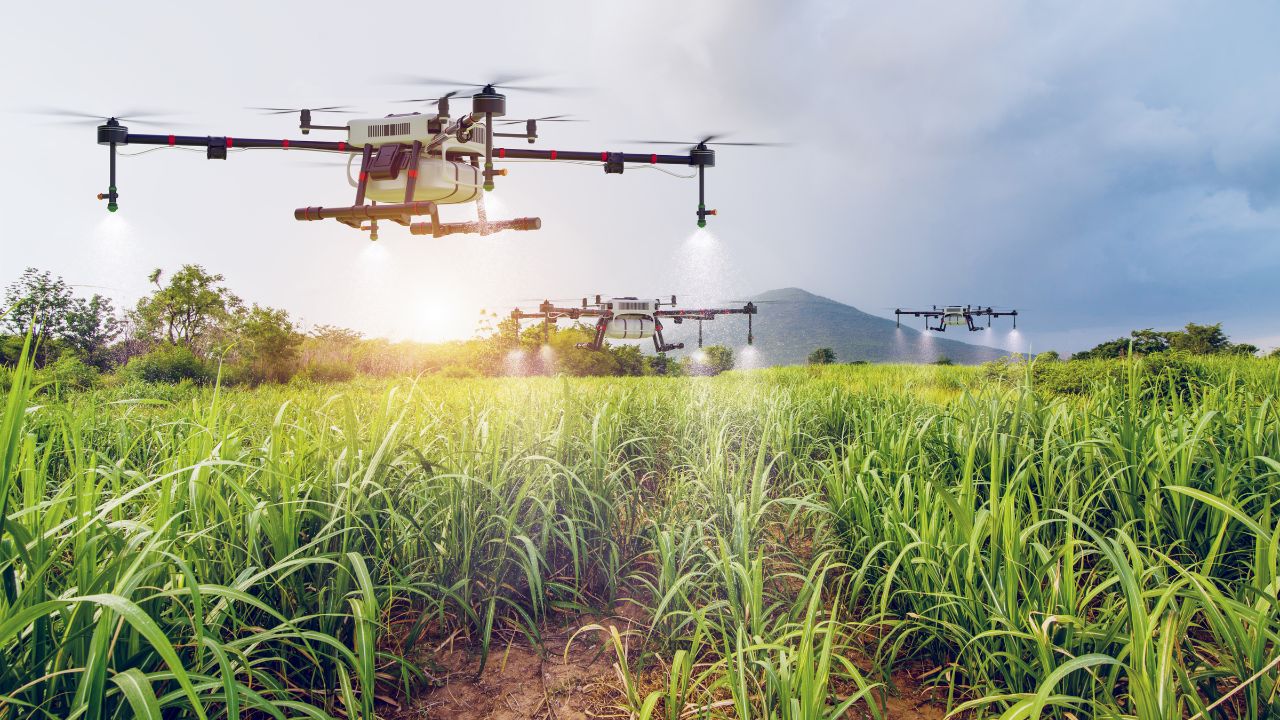
Importance of Drone Technology in Indian Agriculture and Farming Introduction
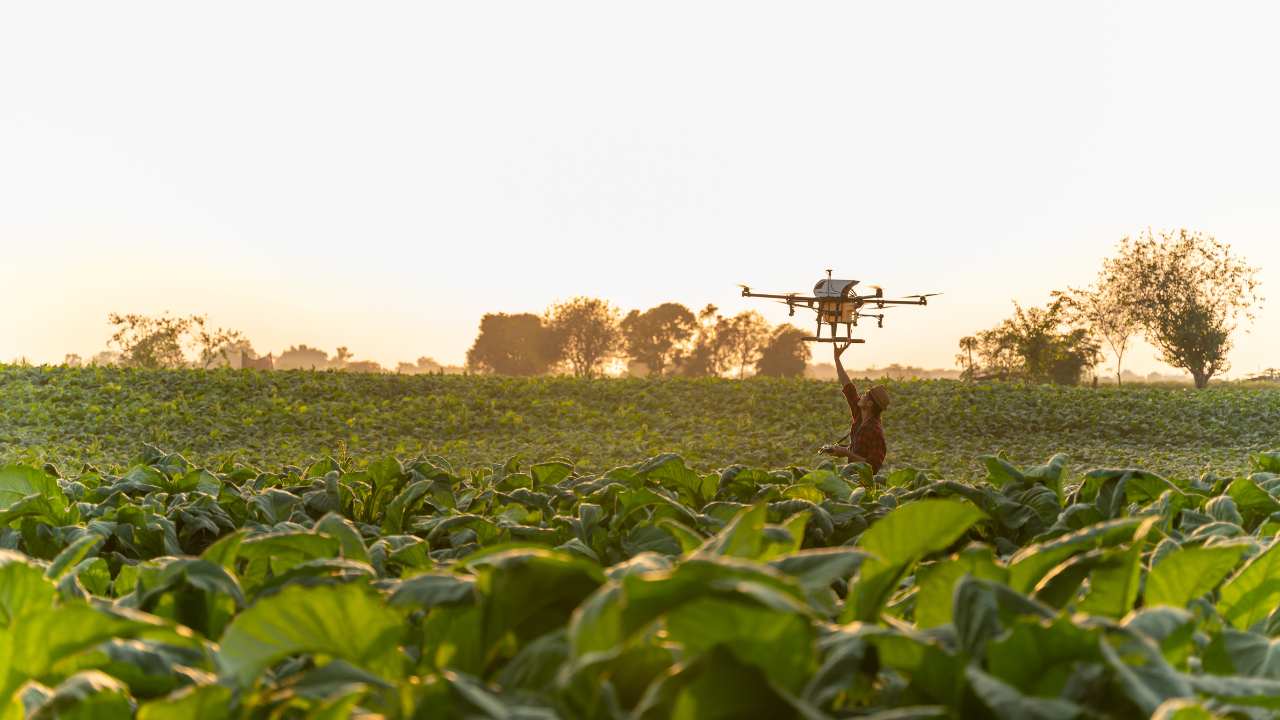
Revolutionizing Indian Agriculture: Krishiviman's Pioneering Drone Technology
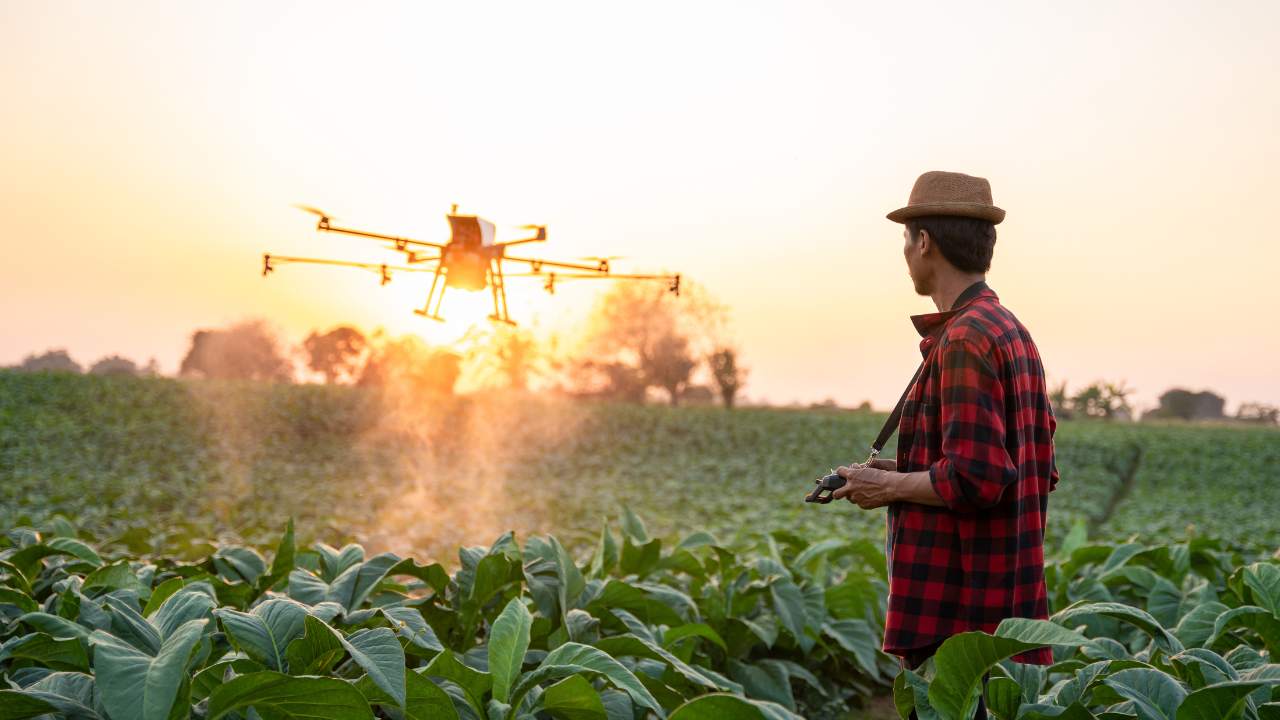
Transforming Farming: How Agricultural Drones are Solving Key Challenges in Agriculture
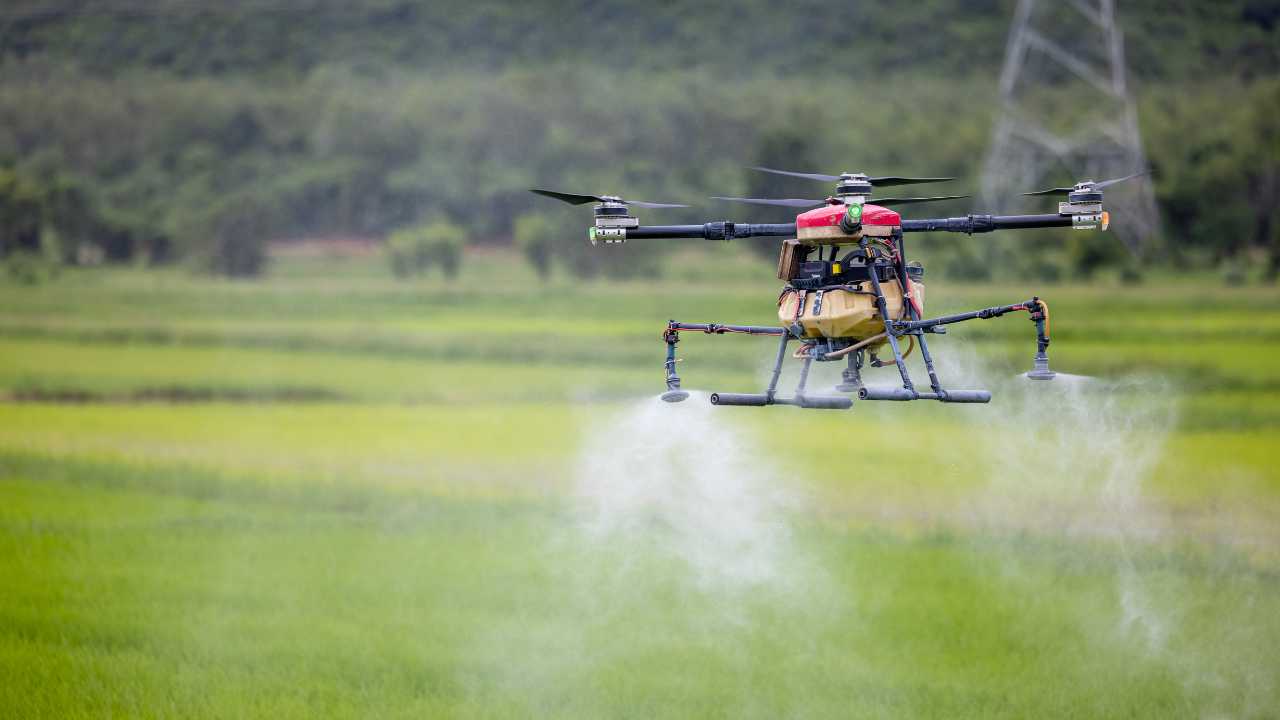
Innovative Uses for Drones in Agriculture
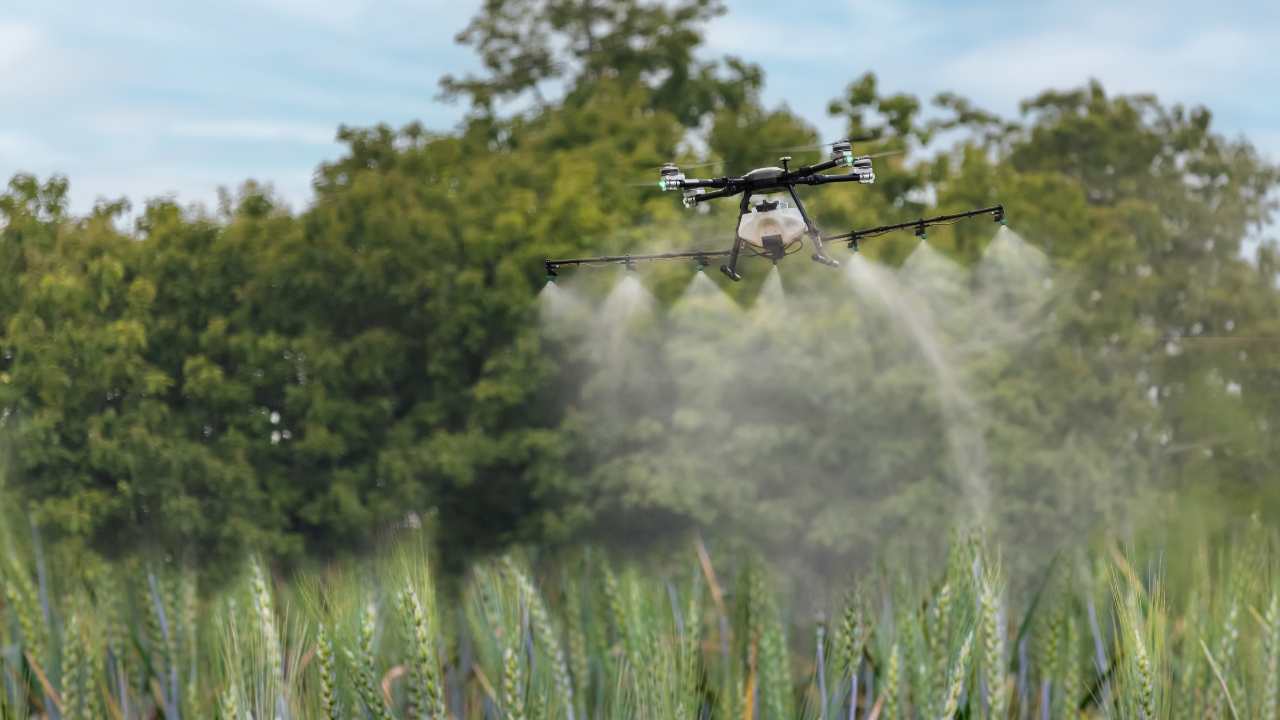
Applications of Drones in Precision Agriculture
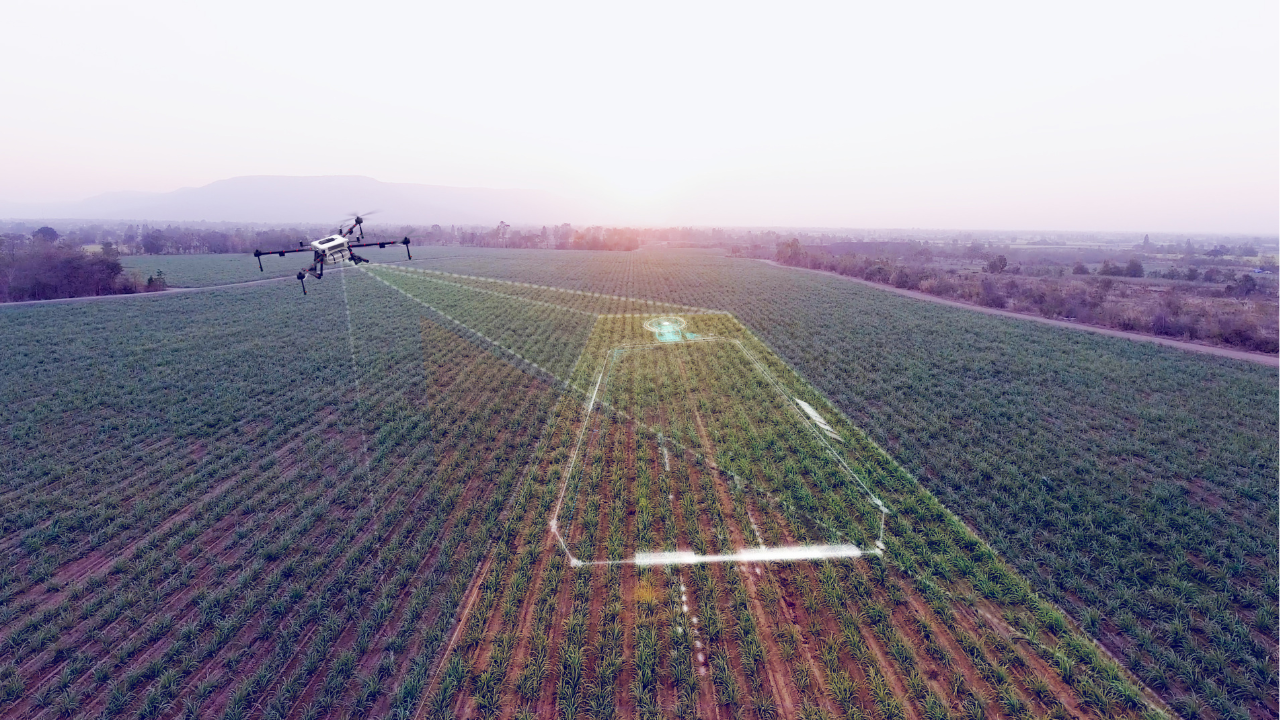
The Transformative Impact of Drones in Indian Agriculture Introduction
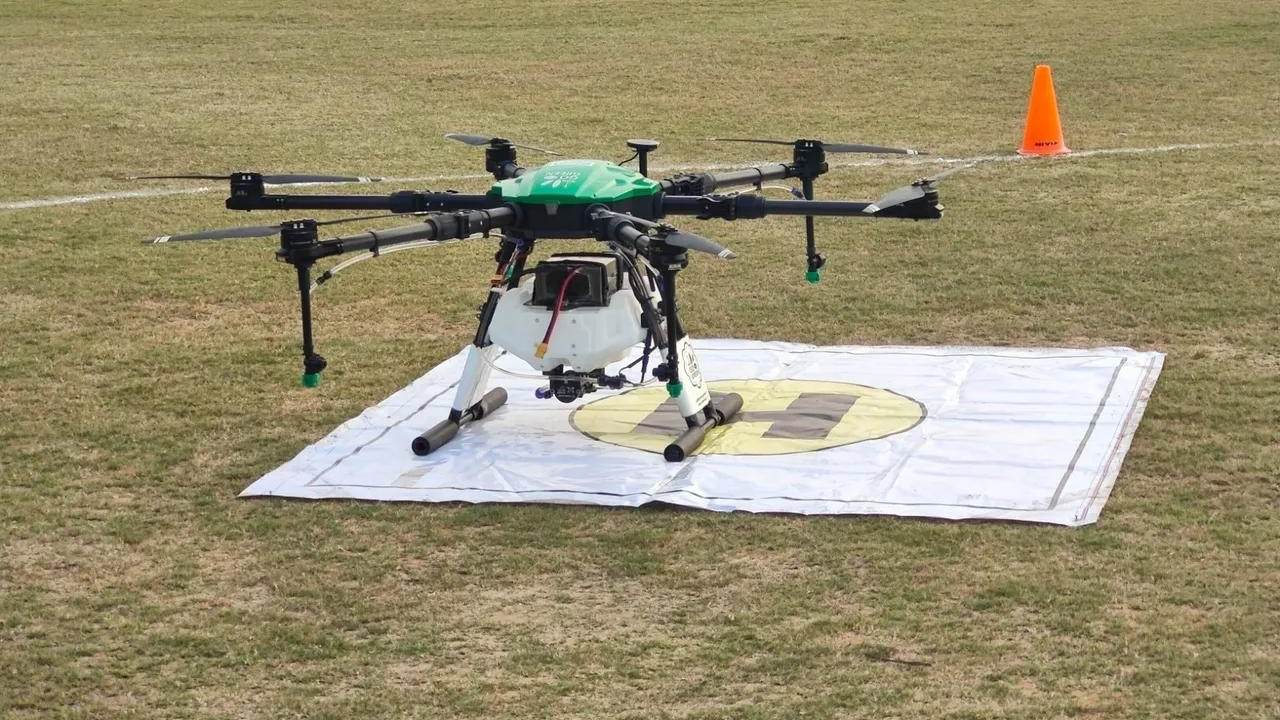
The Revolution of Agriculture Drone Spraying in India: Profitability, Efficiency, and Investment
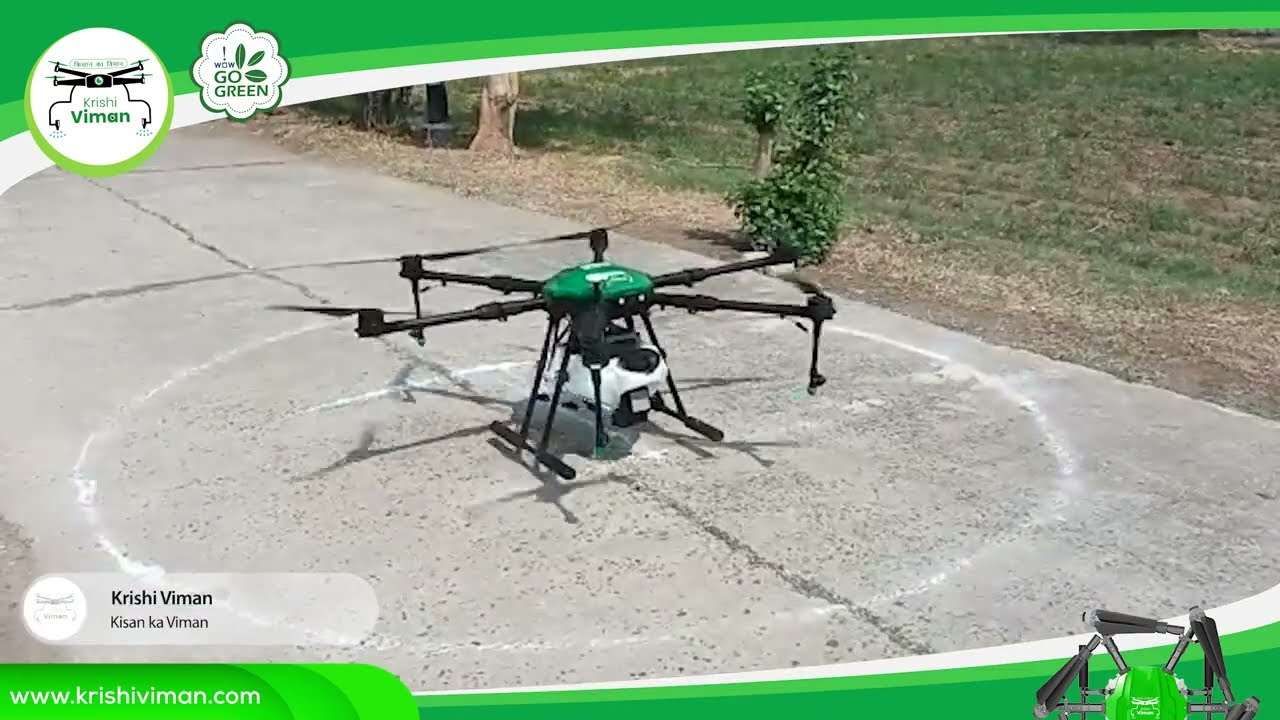
Exploring Cost-Effective Drone Solutions for Indian Agriculture: A Review of Krishiviman.com Offerings
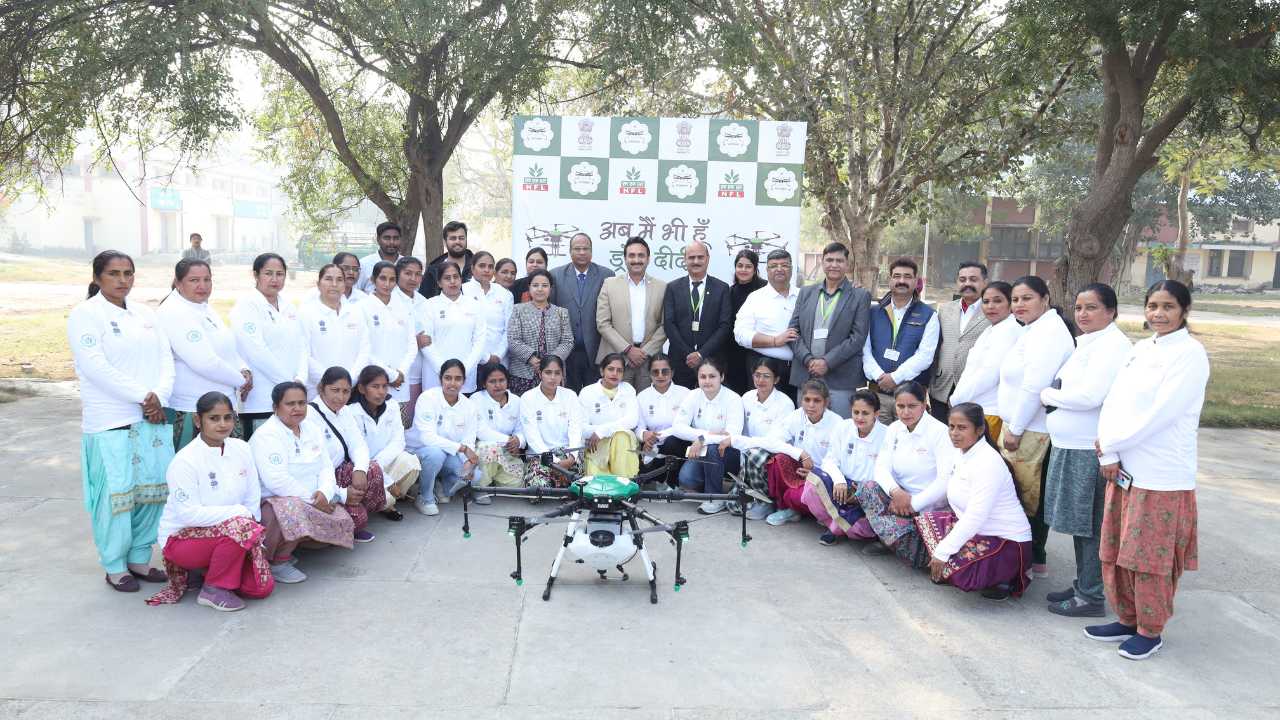
Unleashing Potential: RPTO Drone Training in Indian Agriculture
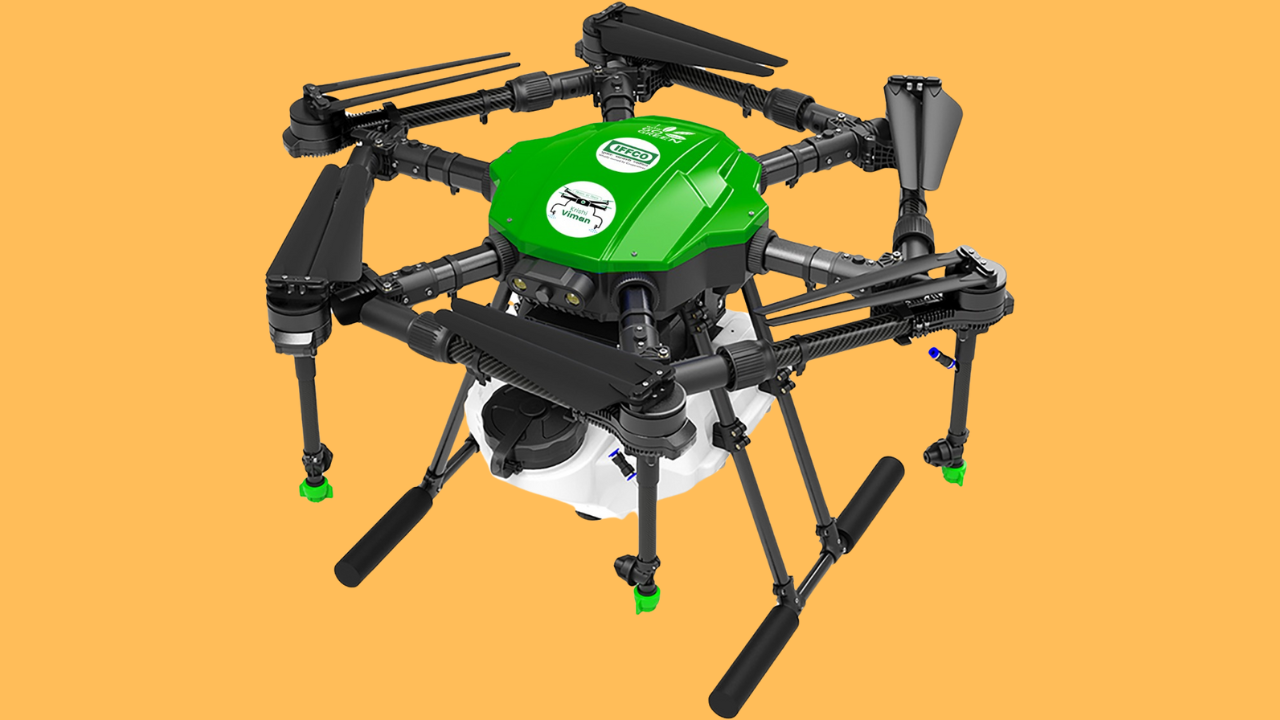
How to Use and Maintain the Agricultural Spraying Drone Battery
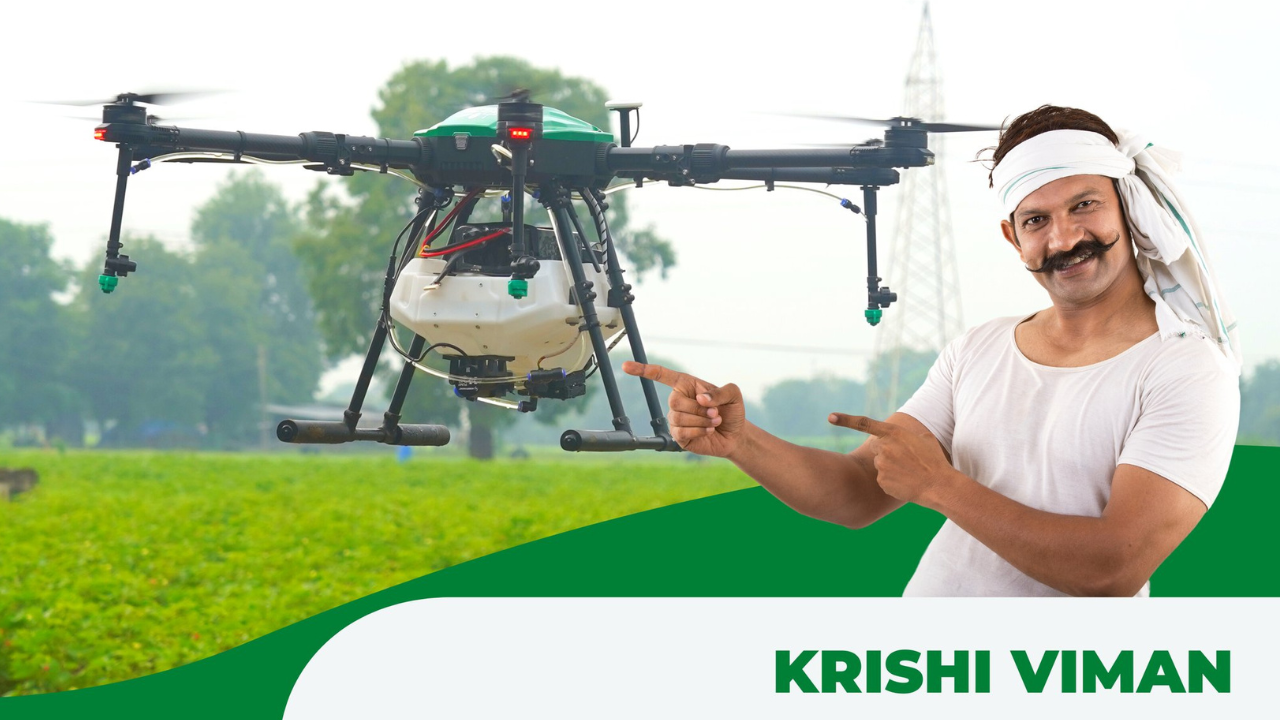
Cost-Benefit Analysis: Is Investing in Agricultural Drones Worth it for Indian Farmers?
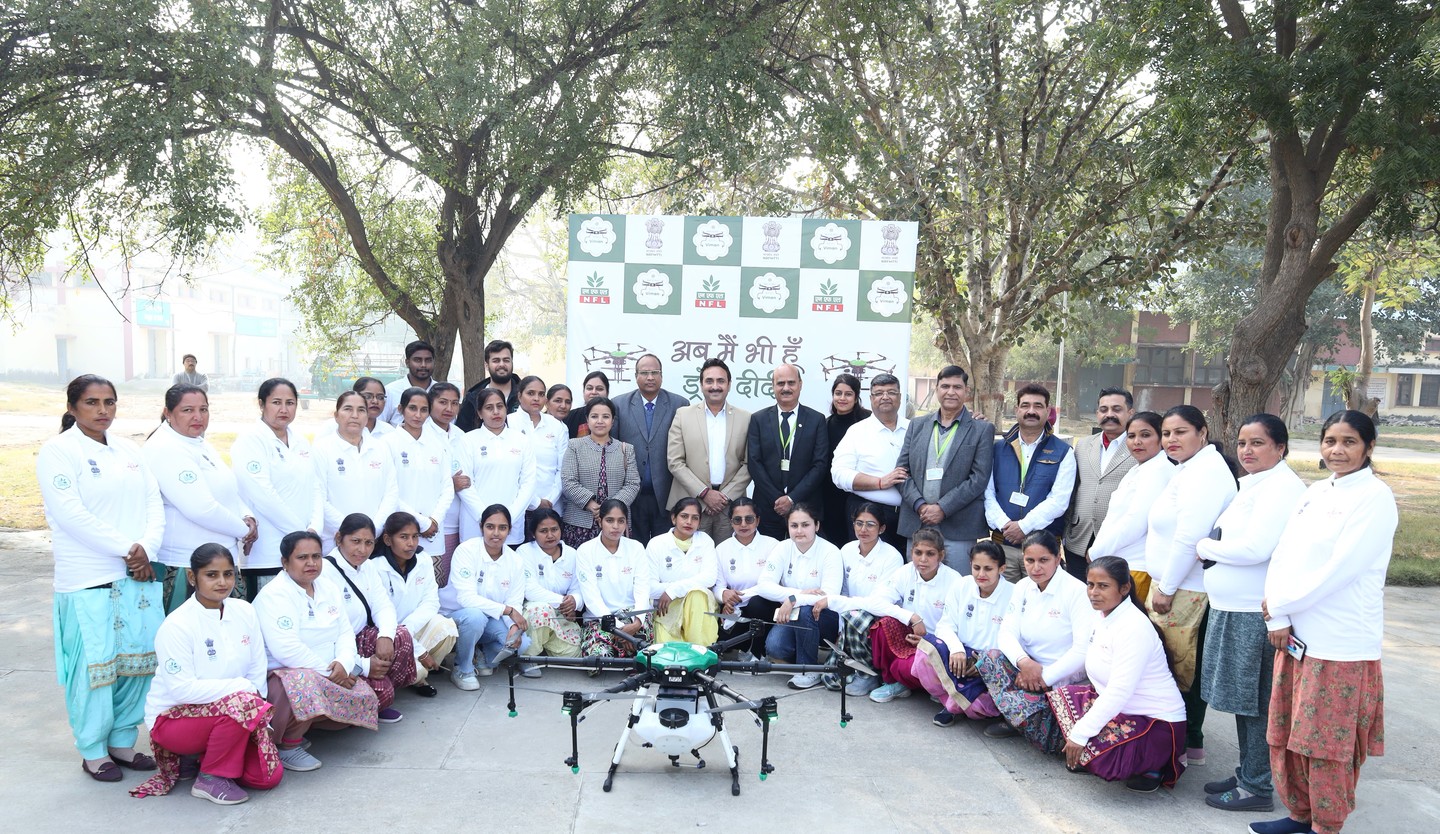
Krishi Viman: Pioneering Women's Empowerment in the Agricultural Drone Segment
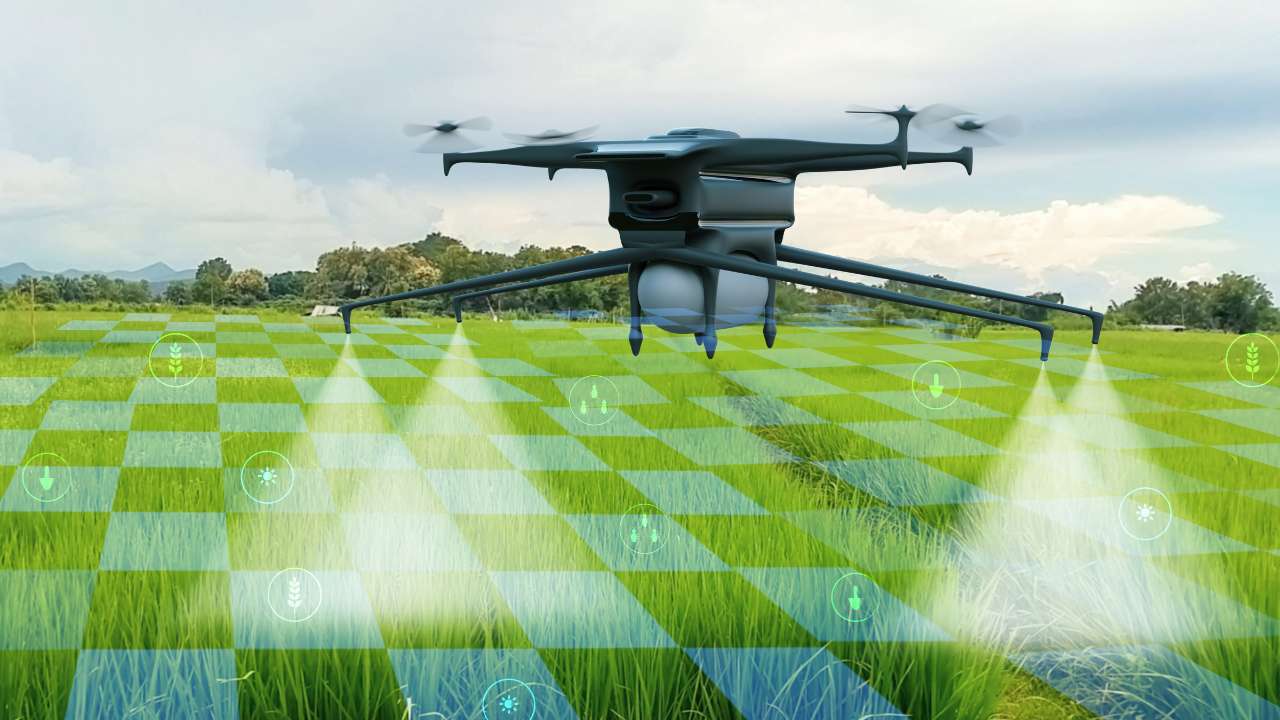
How Krishi Viman are Transforming Indian Agriculture
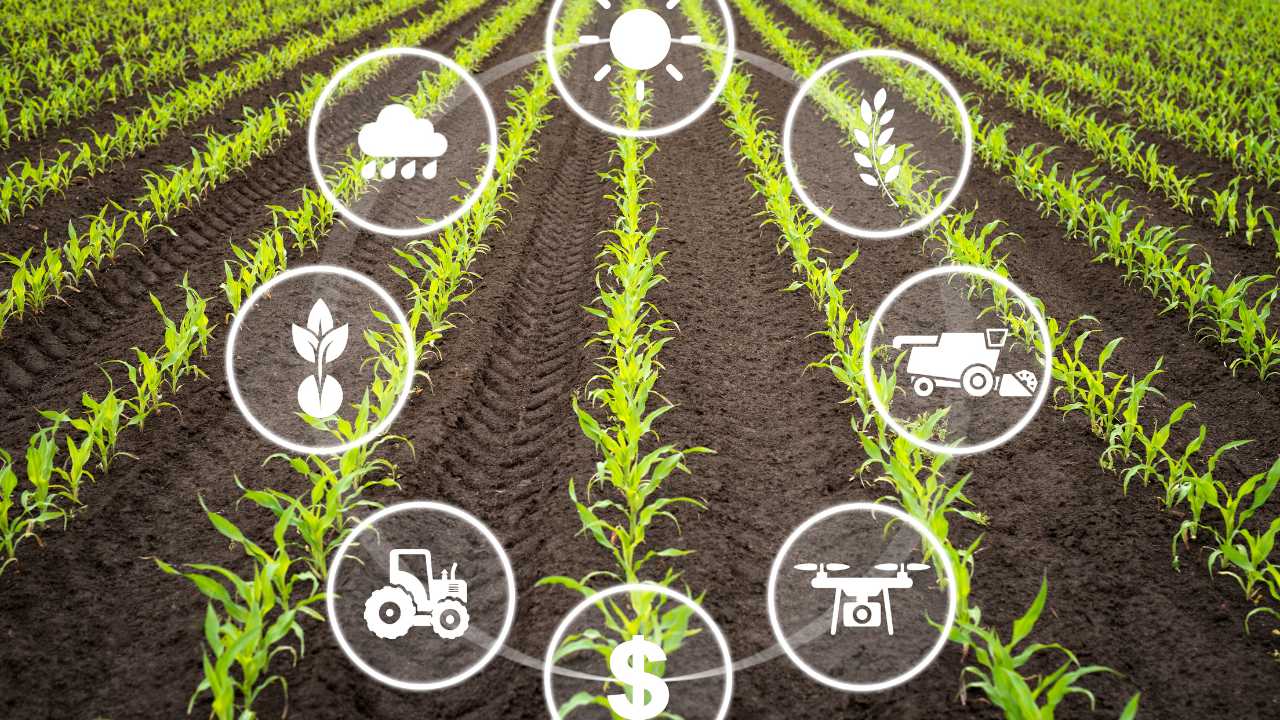
The Future of Flight: What's Next for Agricultural Drones in India?
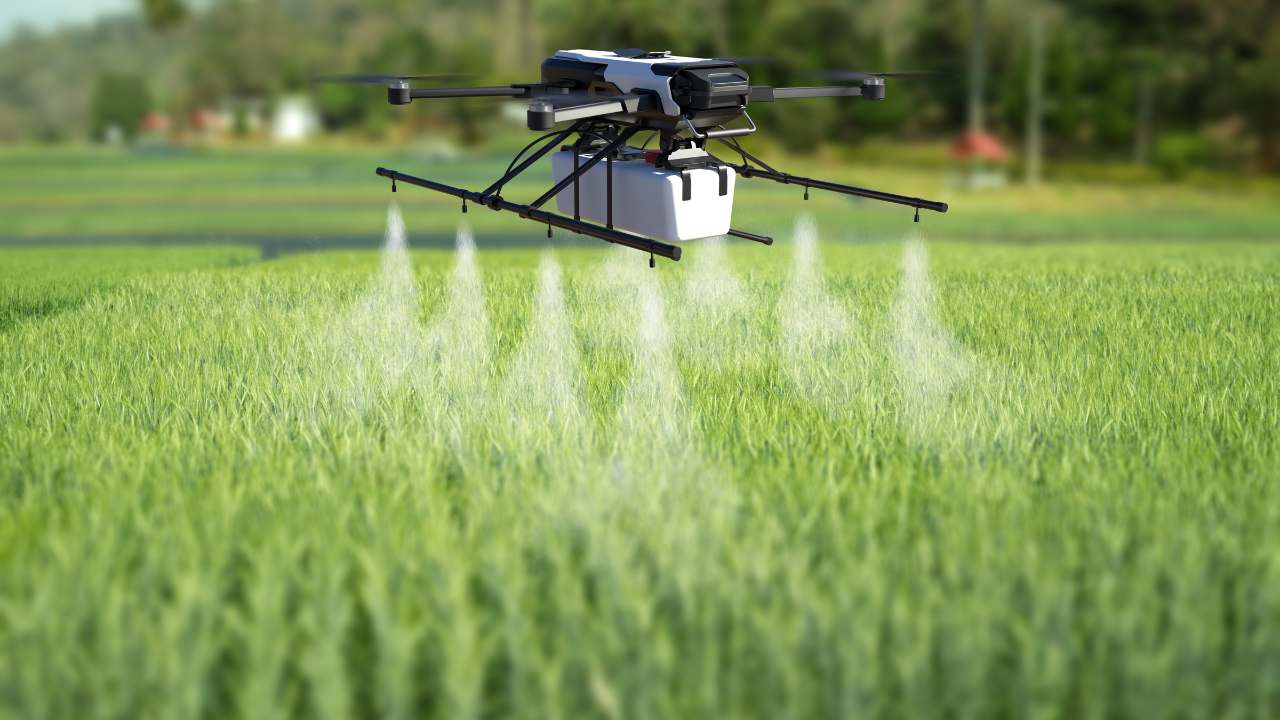
The Potential of Agricultural Drones to Improve Crop Yields and Farmer Livelihoods in India
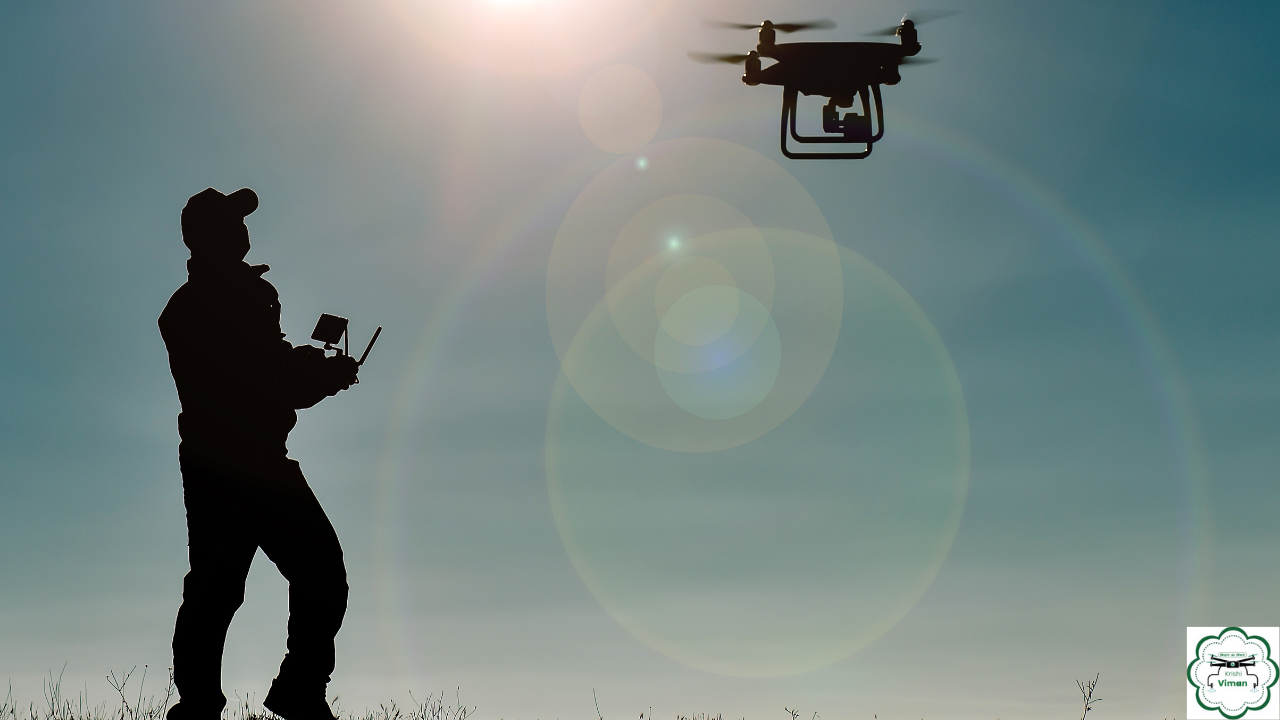
Revolutionizing Farming Practices: The Rise of Agricultural Krishi Viman for Spray Purpose
